As noted before Susan and I left for Africa in July of 1968 and by September of 1968 we both were busy with teaching at the Holy Rosary Secondary School in Kenema. Although I became netball coach at the school (and at the Teacher's Training College) I had always been interested and Track & Field (they called it Athletics). It was after the Mexico City Olympics that I was made aware of a young Kenema runner named Allieu Massaquoi. I had been told that he had competed in Mexico City in the 10,000 meters and also in the marathon. He was young - and was a student at the Kenema Secondary School (KSS) - a public school on the other side of Kenema from where we lived. I suspect that for the most part in those days he was self-trained although he may have had a coach in Kenema. He was a local legend. I was told that he could run forever and that there was no one who could beat him locally. I also learned that he came from Kenema, that his father, B.S. Massaquoi was a modern, and well-to-do Minister of Parliament from our area. I think I was also made aware that he was a good student. I did see him run once in Kenema and soon contacted him. We met at his father's home on the other side of Kenema. It was a comfortable, cinder block home in a nice Kenema neighborhood. He was very interested when I mentioned to him that I had contacts in Boston at the University level. After our meeting, in which I also met his father, I wrote the Boston University track coach, Billy Smith and told him about Allieu. Coach Smith had been aware of Allieu from his Mexico City involvement and wrote back that he would contact Allieu. Allieu ended up applying to Boston University and getting accepted and by the Fall of 1969 was a member of the freshman class there. He also became a member of the track team where he ran the long distances and cross country. It was an article in the Boston Globe, in which I was mentioned as having made the contacts to get Allieu to BU that caught my mother's eye one day. My mother had never read the sports page much but it was this article featuring Allieu that somehow caught her eye. And when it mentioned me, she immediately went to the phone, contacted Allieu, and invited him to dinner. Soon Allieu and my mother became close friends as my mother oversaw that he was warmly dressed for the upcoming winter, that he was well-fed, and that he had "family" while living so far away. And of course she wrote to me expressing disappointment that I hadn't told her of his coming to Boston. From giving him winter clothes, to inviting him for suppers - my mother became Allieu's home away from home. Allieu, ever the gentleman, put up with my mother's questions about his country, about me, and about his life in the U.S. At school Allieu was a good student although I am not sure that his athletic performance was ever what it could have been. He did run well and with some success. But there were rough times in Boston as well. There was one time when I think he was training around Jamaica Pond when he was jumped and mugged in what was probably a racial event. Although he never came out and told me of his feelings after this, I always suspected that deep down this made him upset if not angry. However, Allieu held his cards close and was tough to read. We returned to the U.S. in 1972 and from time to time saw Allieu. By then he was used to the cold winters, and was perfroming with mixed results on the track. Coach Smith was a tough but excellent coach but did not fully understand Allieu. Allieu was proud, came from a well-to-do Kenema family (his father drove a Mercedes - something which Allieu had mentioned to Coach Smith but which Coach Smith had not believed until I confirmed it). Boston was a somewhat hostile city - the climate was harsh to a Sierra Leonean, and there was - in those days - no backup Sierra Leone community. I always wondered deep down if it had been a good decision for Allieu to come to America. Allieu did not have such overt thoughts. He was forever thankful for my making the contacts so that he could come to Boston. After a time we lost contact as I went off to school and he went to a variety of graduate schools (I believe he tried Podiatry School for a while). He did get very involved in support of refugee programs during the horrible 10 year war that overtook Sierra Leone. He did tell me of periodic trips both to Guinea to assist refugees and to Sierra Leone where he told me he traveled with video in hand taking pictures of atrocities and and war damage along the way. He became deeply involved and then became lost. I have lost any contact with him and do not know if he is still in the U.S. or if he is back home. I do know that he was married briefly but this did not work out. I hope he is well. I do know that his father, B.S. Massaquoi was killed during the war. I do know that in 1980 he wrote an EdD thesis entitled, "The Development and Evaluation of a Food and Nutrition Education Program for Community Health Workers in Eastern Sierra Leone." I am led to believe from this that Allieu became involved in Public Health issues as regards Sierra Leone - he may still be involved in this. If anyone can give me an update on Allieu I would appreciate it. Thanks. I do know that Allieu placed 45th in the Marathon in the 1968 Mexico City Olympics.
2-15-2009: email from returned Peace Corps Volunteer - Lou Gadani - "it is amazing and just pure luck that I came upon your blog and saw the info about Kenema, Sierra Leone and my former student, Allieu Brima Massaquoi. I was the Peace Corps teacher at Kenema secondary school from September - 1967 to July 1969 and coach of Allieu. I taught English and Geography and the 2,3,4, and 5 levels. I was also the track coach and saw a student with tremendous ability for running. We trained for many inter-school, police, and provincial events. We coordinated with the government to send Allieu to Mexico in 1968. They sent a political figure with him instead of coach. After many attempts to get Allieu into an American College, I asked my track coach from Canon-McMillan High School in Canonsburg, PA to see what he could do. Through tons of paperwork, he was finally accepted at Boston University for the fall semester of 1969 in the Allied Health profession. To his dismay, upon arriving, he was told he had to run in some early races to get in shape and during one of Boston's worst sleet and rainy periods. ....It has been 40 years since this all happened. I talked and visited with Allieu many times during his stay in Boston. I got a postcard from Paris, France and was told he would enter Case Western Reserve in Ohio for a Masters degree in Early Childhood Nutrition. Since then I have lost contact with him. Anything you can do to help me reach him would be appreciated.....I am so glad you were able to help him along the way. The Peace Corps was a tremendous experience for me....hope to hear from you. Your pictures are awesome. Great documentary. It is amazing that we both were in Kenema at the same time and never met." Lou Gadani - PCV '67 - '69 - Kenema, Sierra Leone








































































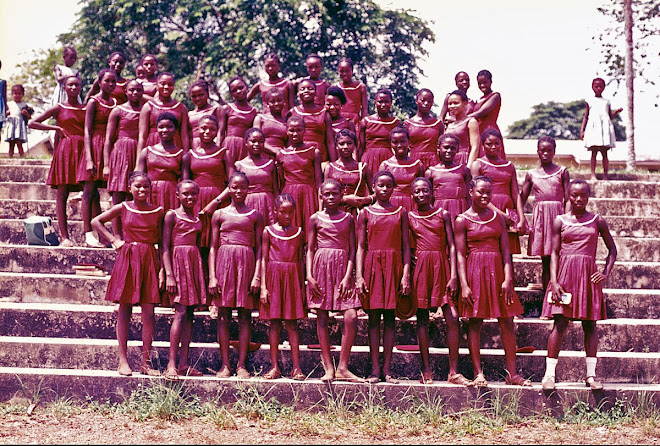.jpg)



























































































































































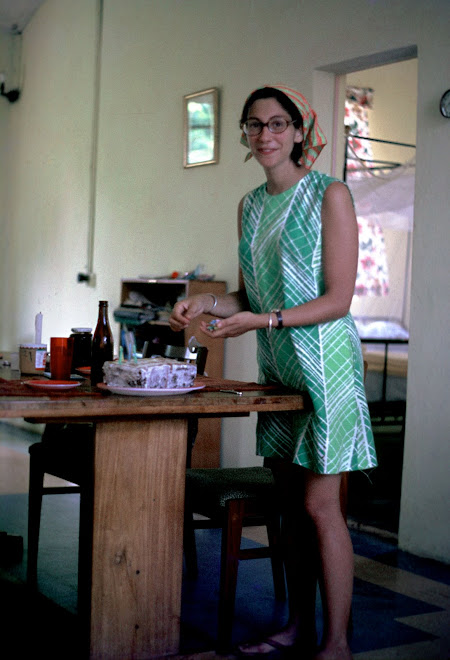
































































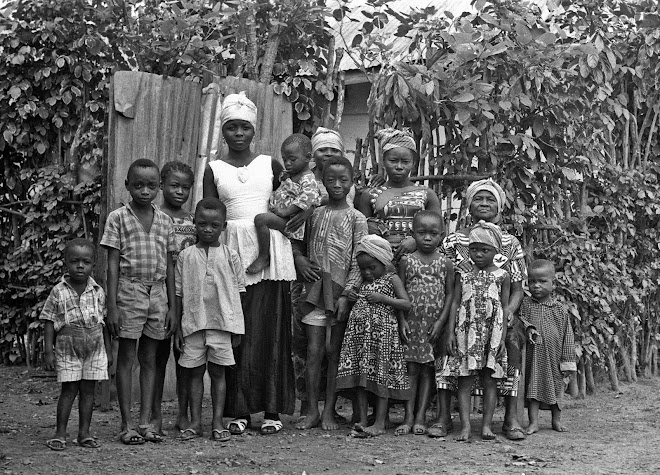.jpg)





































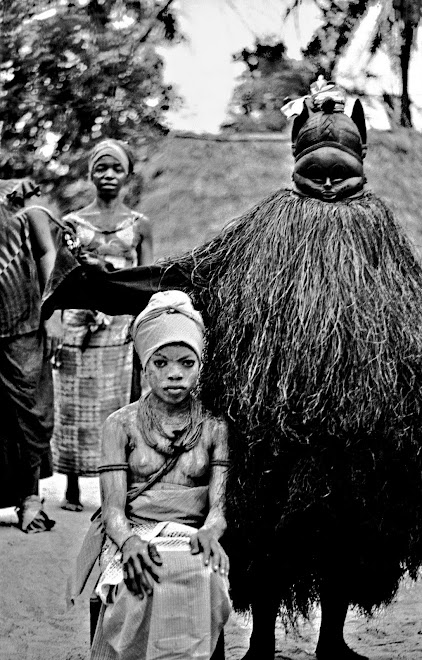-1969.jpg)

















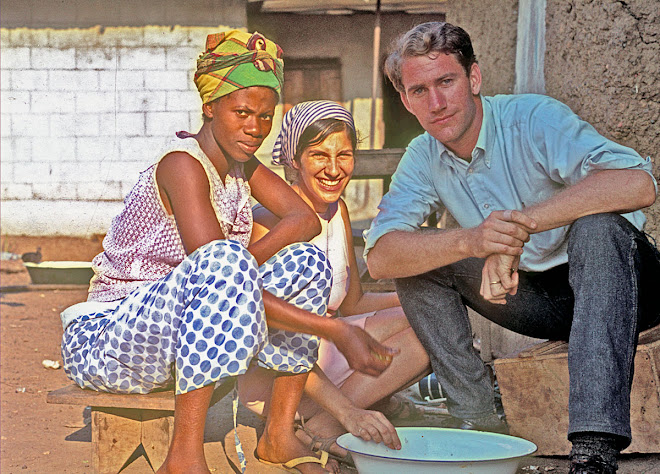













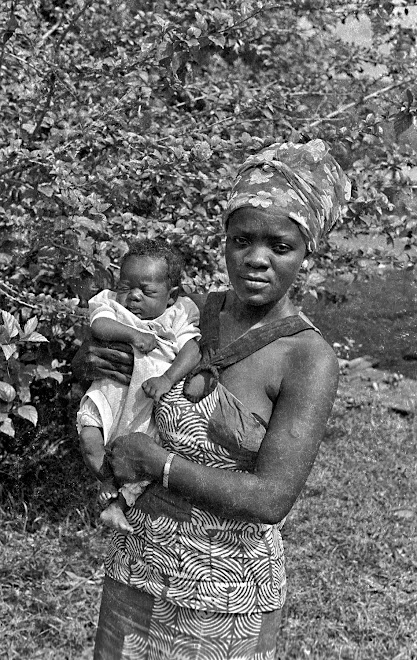-w--child.jpg)


